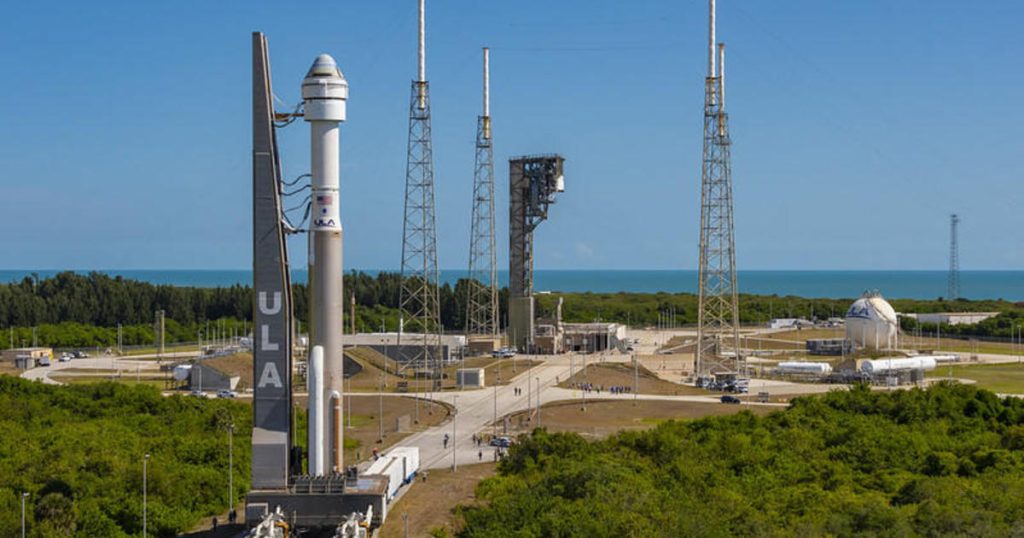Years behind schedule and more than a billion dollars over budget, Boeing’s Starliner capsule is finally ready for its first piloted launch, a critical test flight carrying two experienced astronauts to the International Space Station to demonstrate an alternative to SpaceX’s Crew Dragon. While SpaceX has successfully launched 50 astronauts and cosmonauts into orbit, Boeing has faced multiple technical issues that required re-work and an additional test flight to resolve.
The crew aboard the Starliner is made up of two active-duty NASA astronauts, who are excited for the launch and express confidence in the spacecraft and their teams. The launch atop a United Launch Alliance Atlas 5 rocket is scheduled for 10:34 p.m. EDT on Monday, aligning with the space station’s orbit. Both astronauts, Barry “Butch” Wilmore and Sunita Williams, have extensive experience in spaceflight and are prepared for this historic mission.
This journey marks the first launch of astronauts using an Atlas rocket in over 60 years, showcasing the advancements in technology and safety features of the spacecraft. The Starliner features powerful abort motors for emergency escape and two independent control systems for added safety during launch and in orbit. The goal of this test flight is to certify the spacecraft for operational crew ferry missions starting next year.
In the event of a problem-free launch, the Starliner is expected to reach its initial orbit within 15 minutes and then rendezvous with the space station for docking. The astronauts will spend over a week aboard the station, conducting experiments and preparing the spacecraft for the return journey. Unlike SpaceX’s Crew Dragon, the Starliner is designed to land on land using parachutes and airbags, with White Sands Space Harbor in New Mexico designated as the landing site.
Boeing’s Starliner has faced delays and setbacks throughout its development, including software glitches, valve issues, and concerns about safety features. Despite these challenges, the company has invested over $1 billion in corrective actions and additional test flights to ensure the spacecraft is safe for crewed missions. This mission is critical for Boeing in light of recent safety concerns with its aircraft, as it aims to prove the reliability and capability of the Starliner for human spaceflight.
The Commercial Crew Program was initiated to end NASA’s reliance on Russian spacecraft and resume launching American astronauts from U.S. soil using American rockets. SpaceX has successfully carried out multiple crewed missions to the space station, while Boeing has faced setbacks with the Starliner. The critical milestone of this test flight will help certify the Starliner for routine crew missions to the space station, ensuring redundancy in access to the ISS and the future of human spaceflight.


